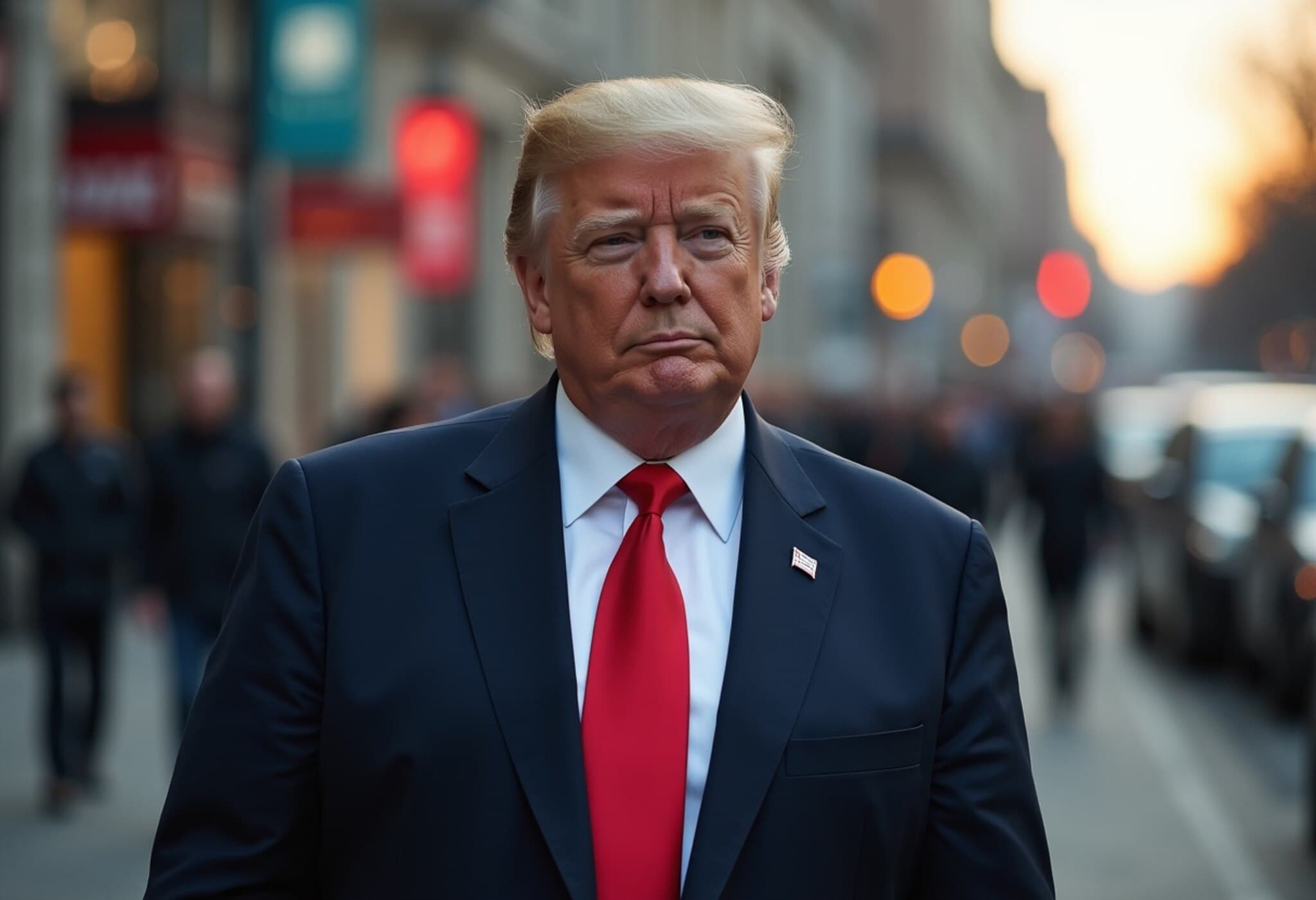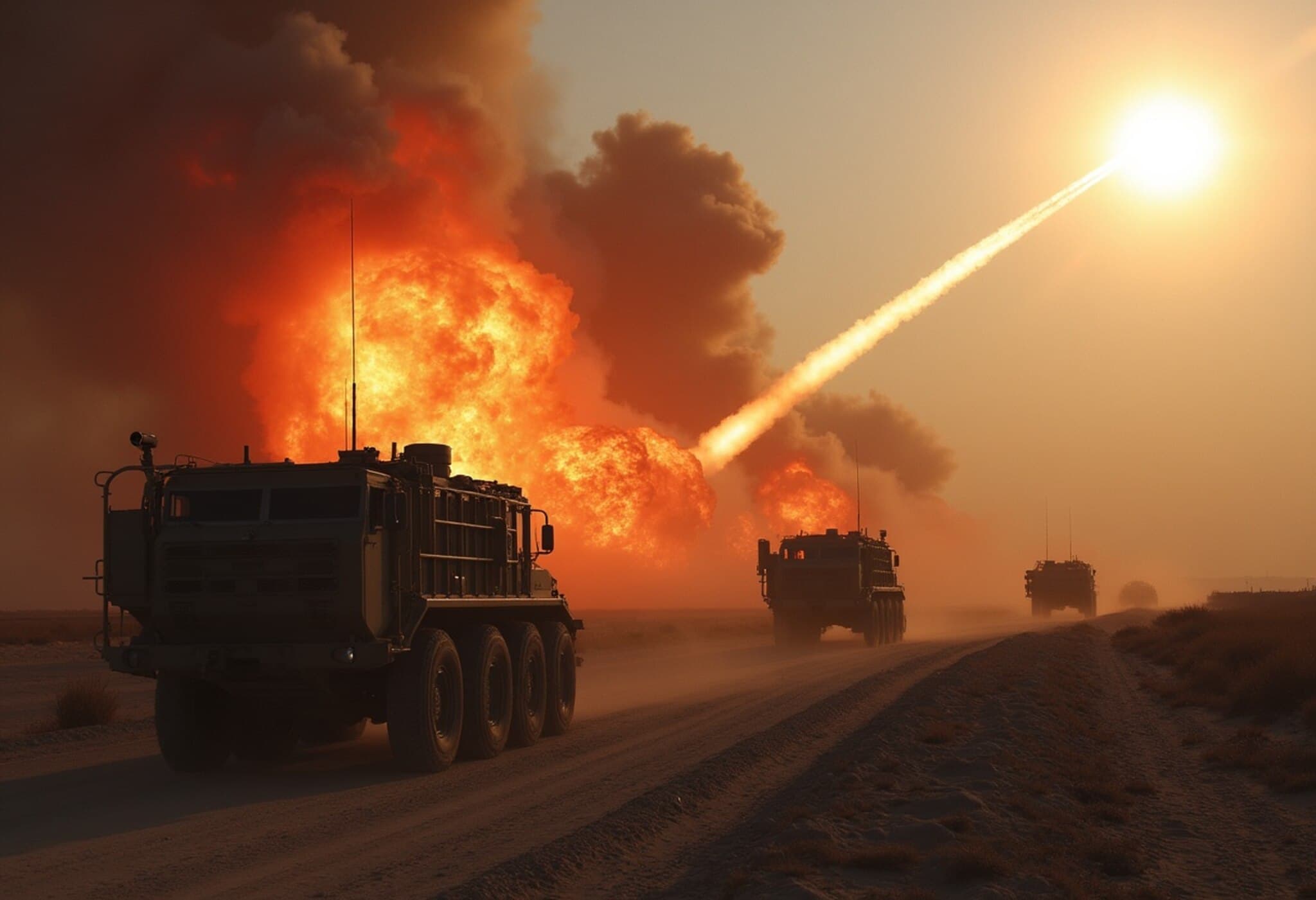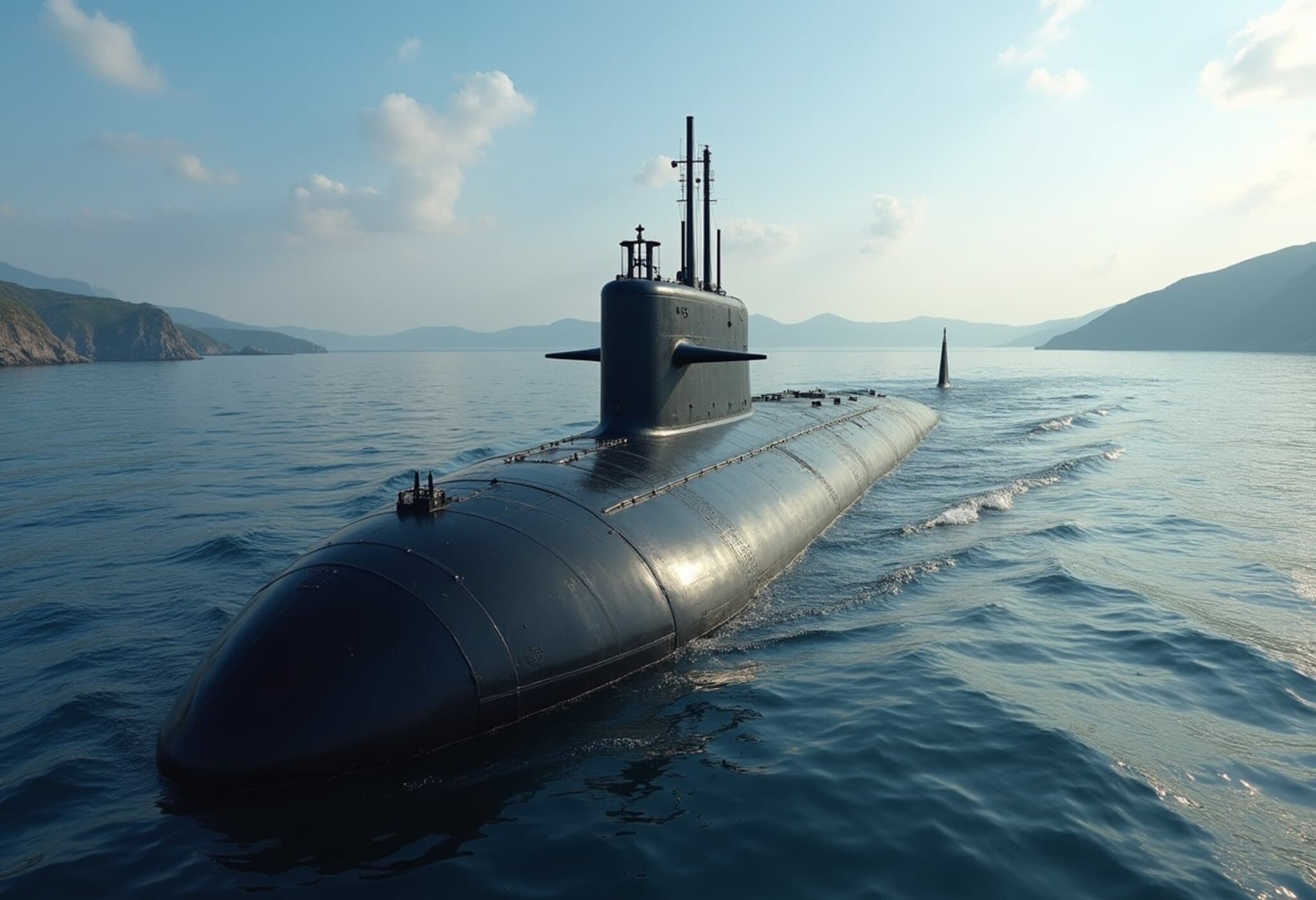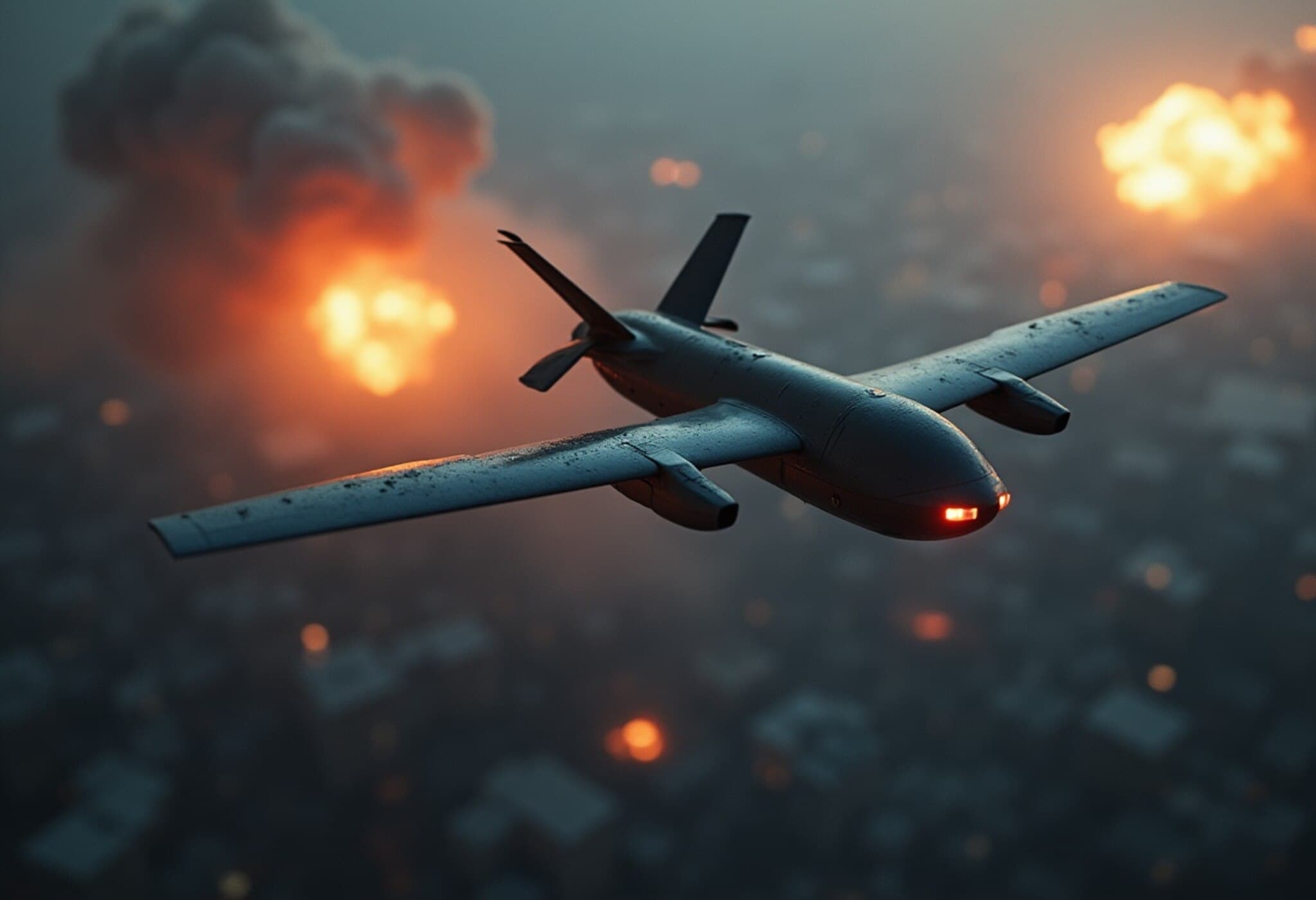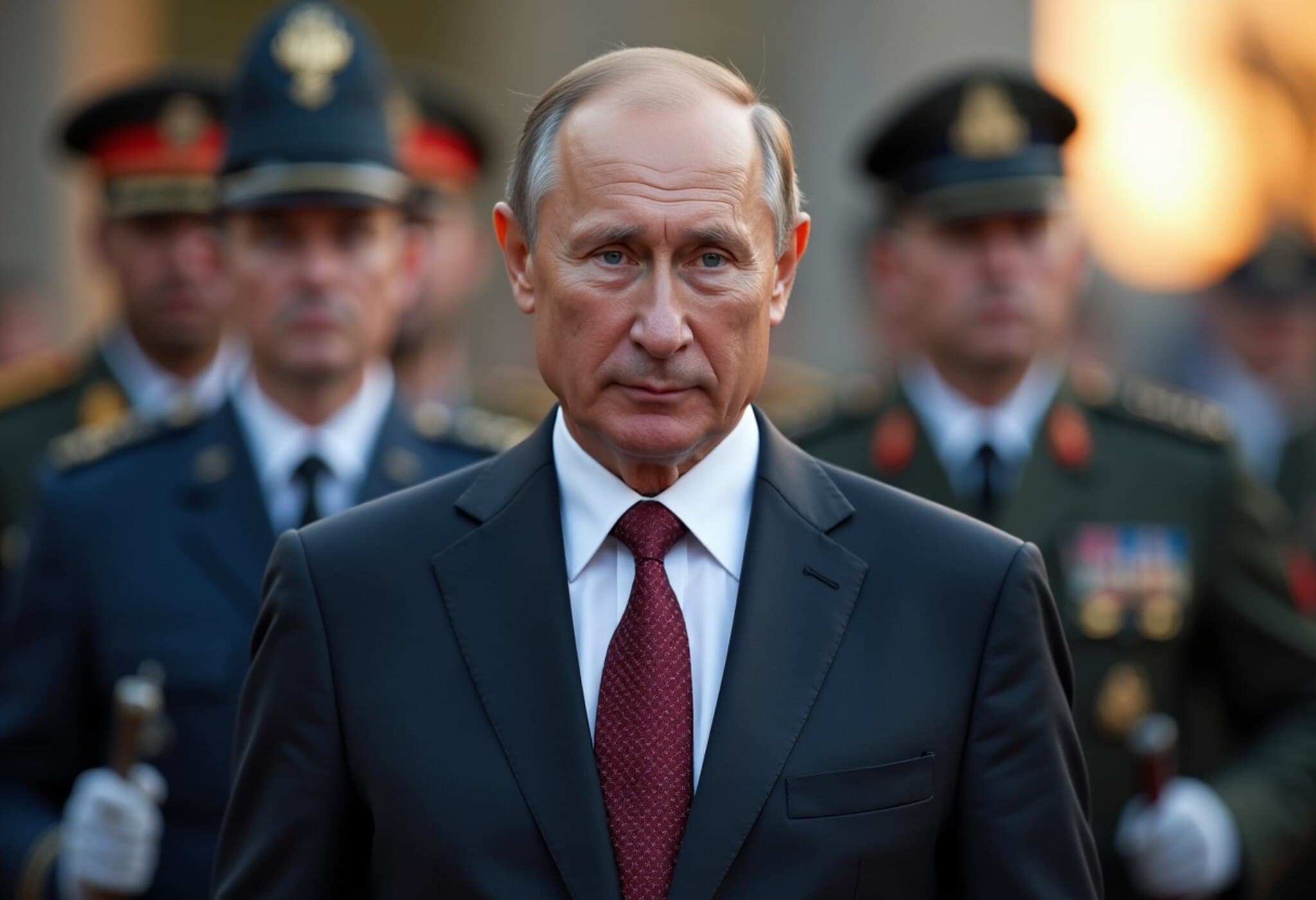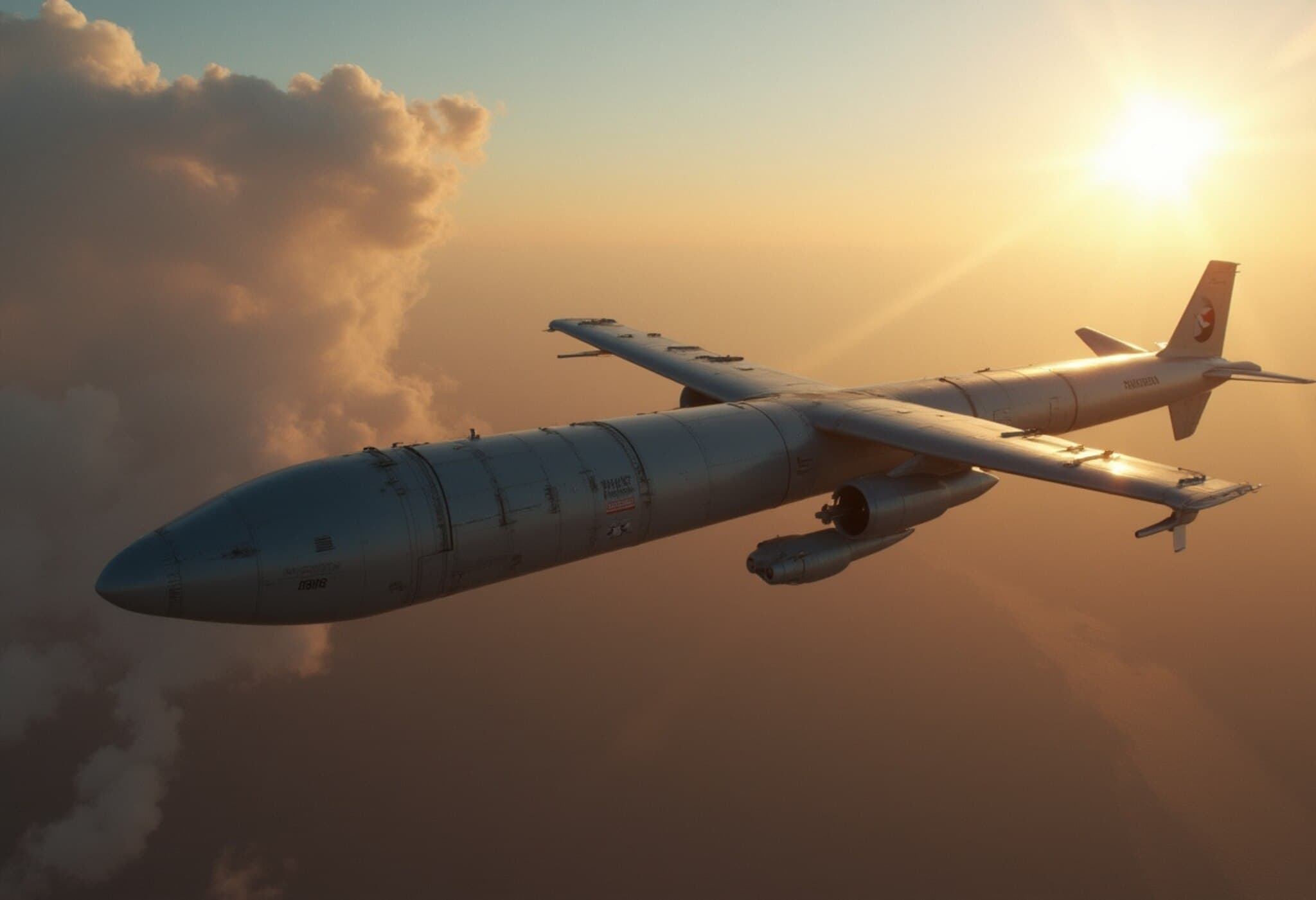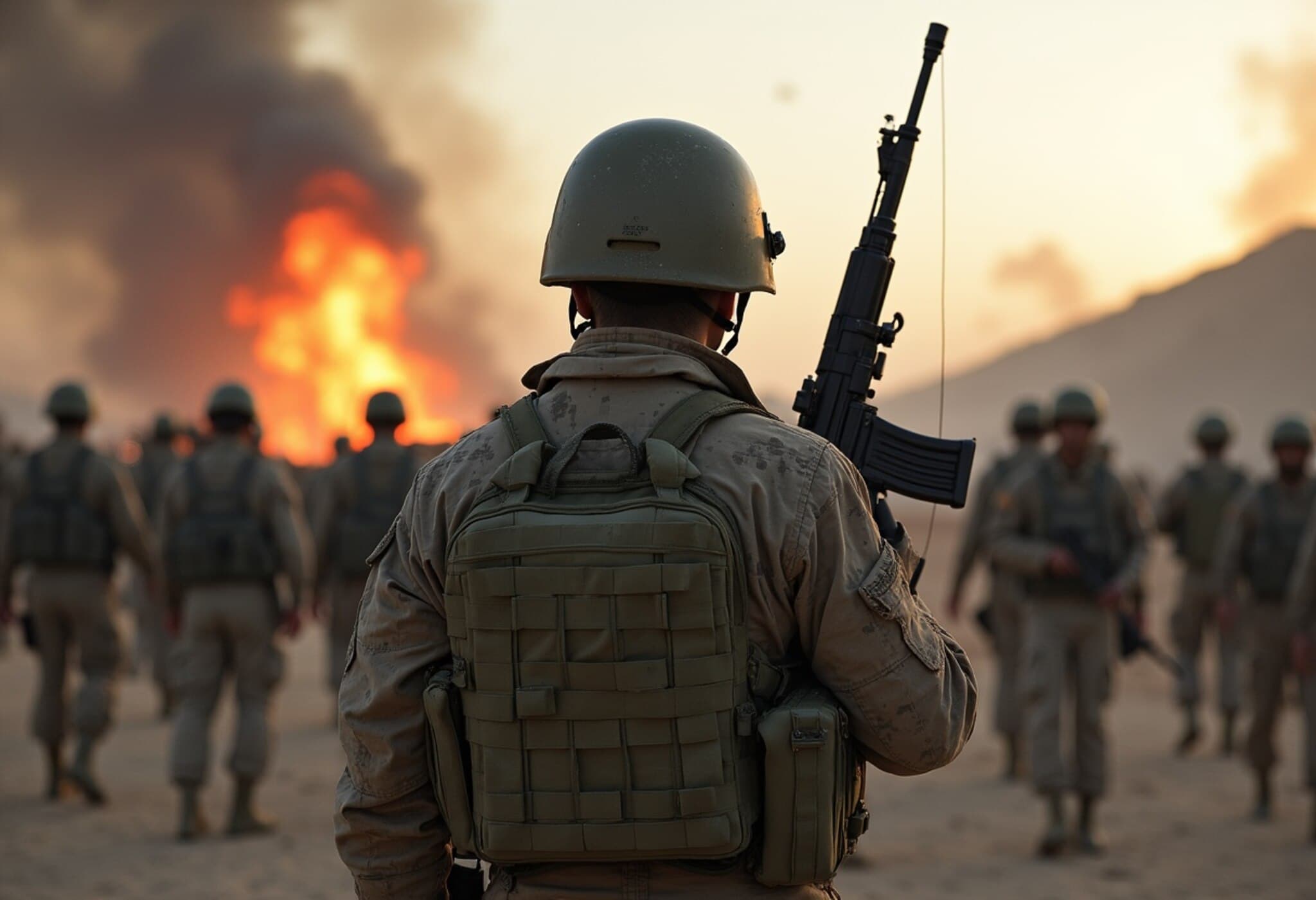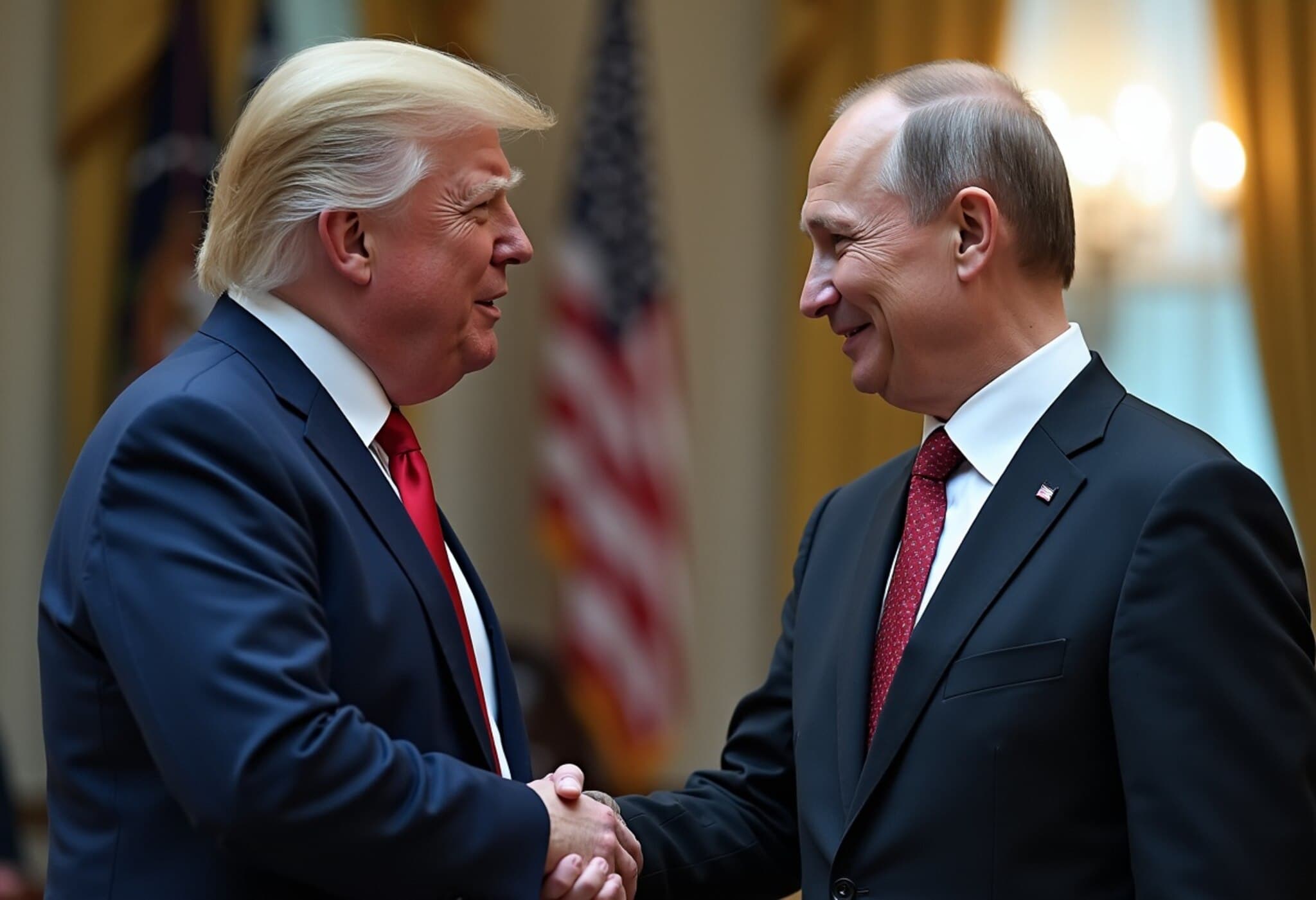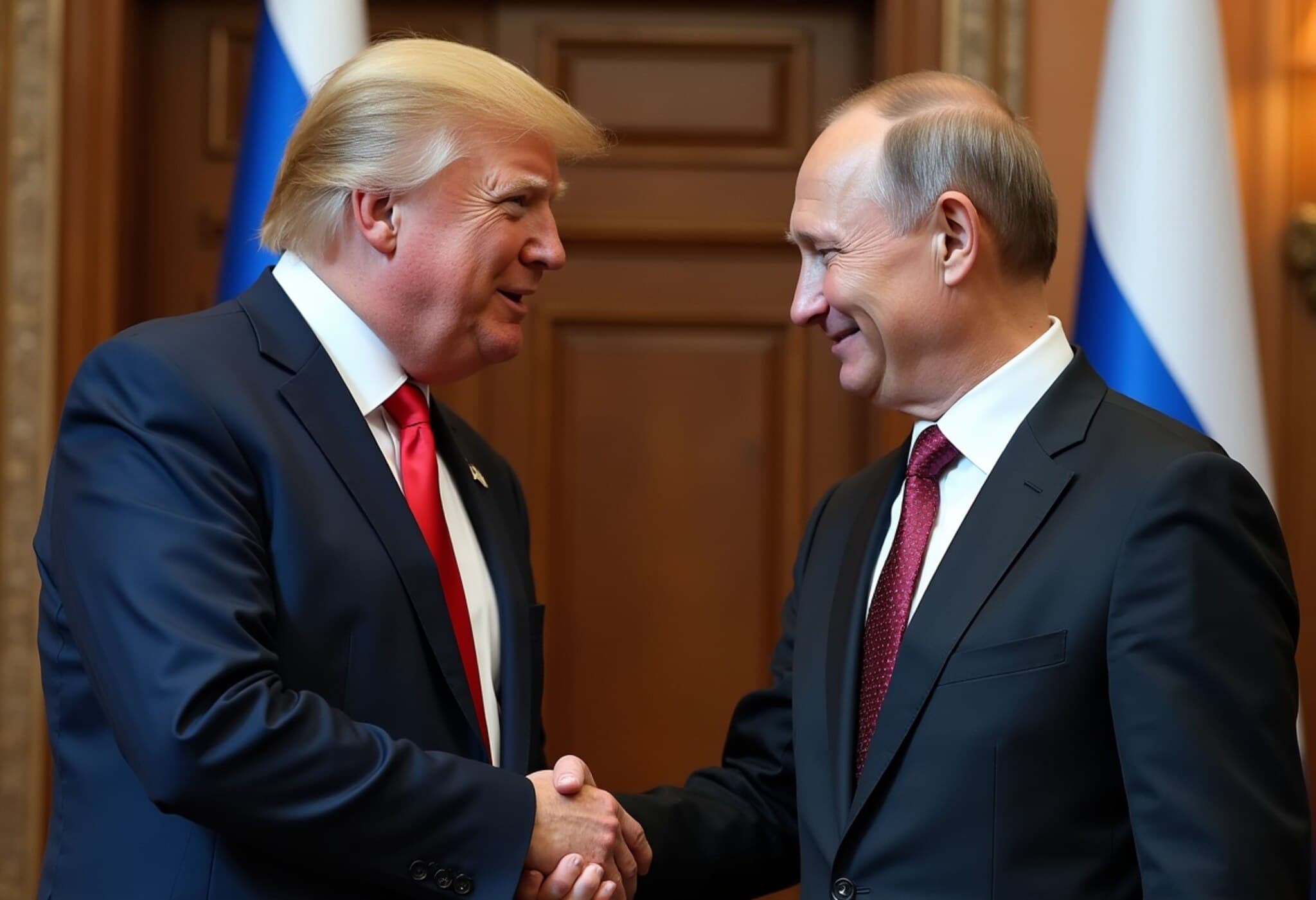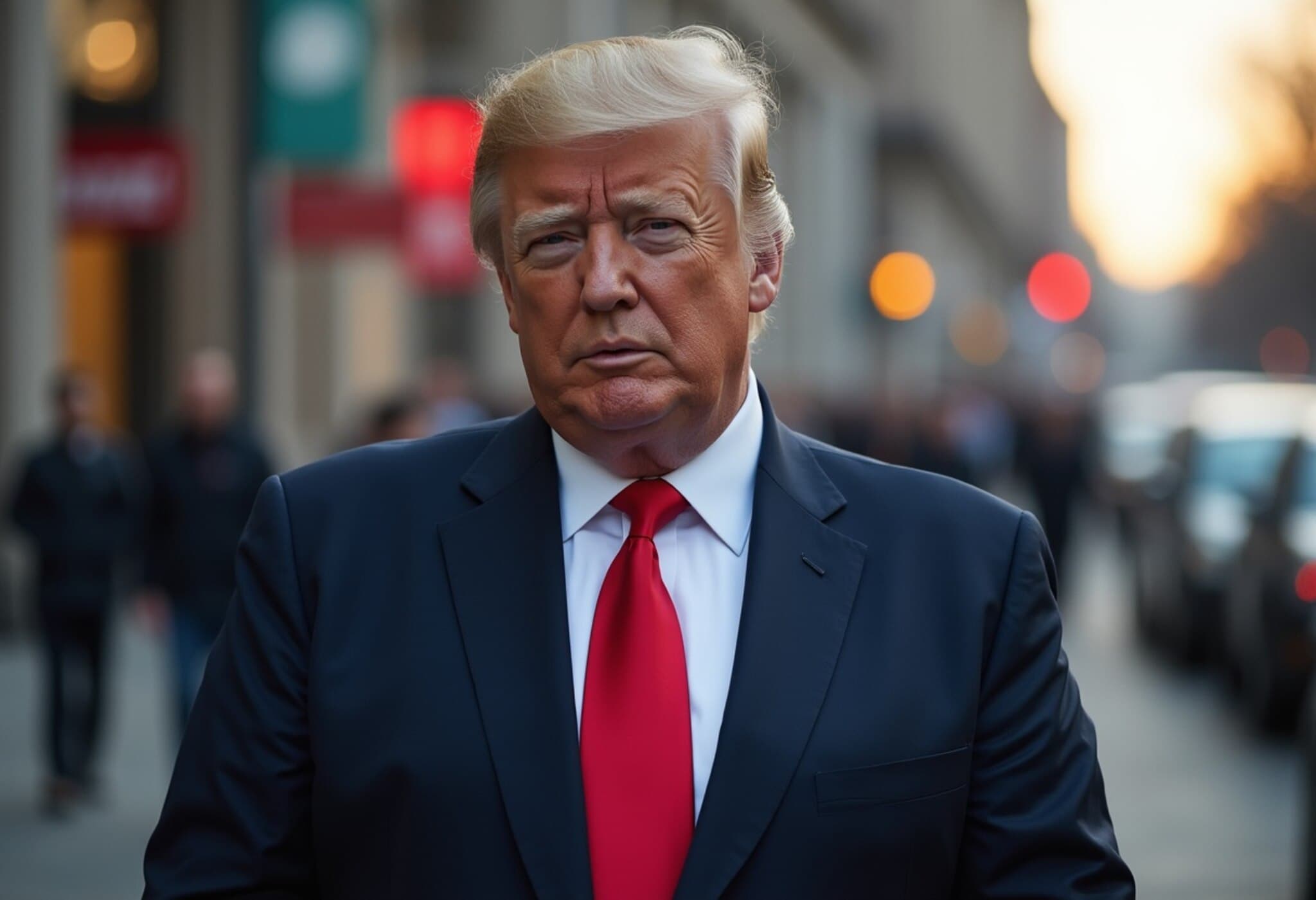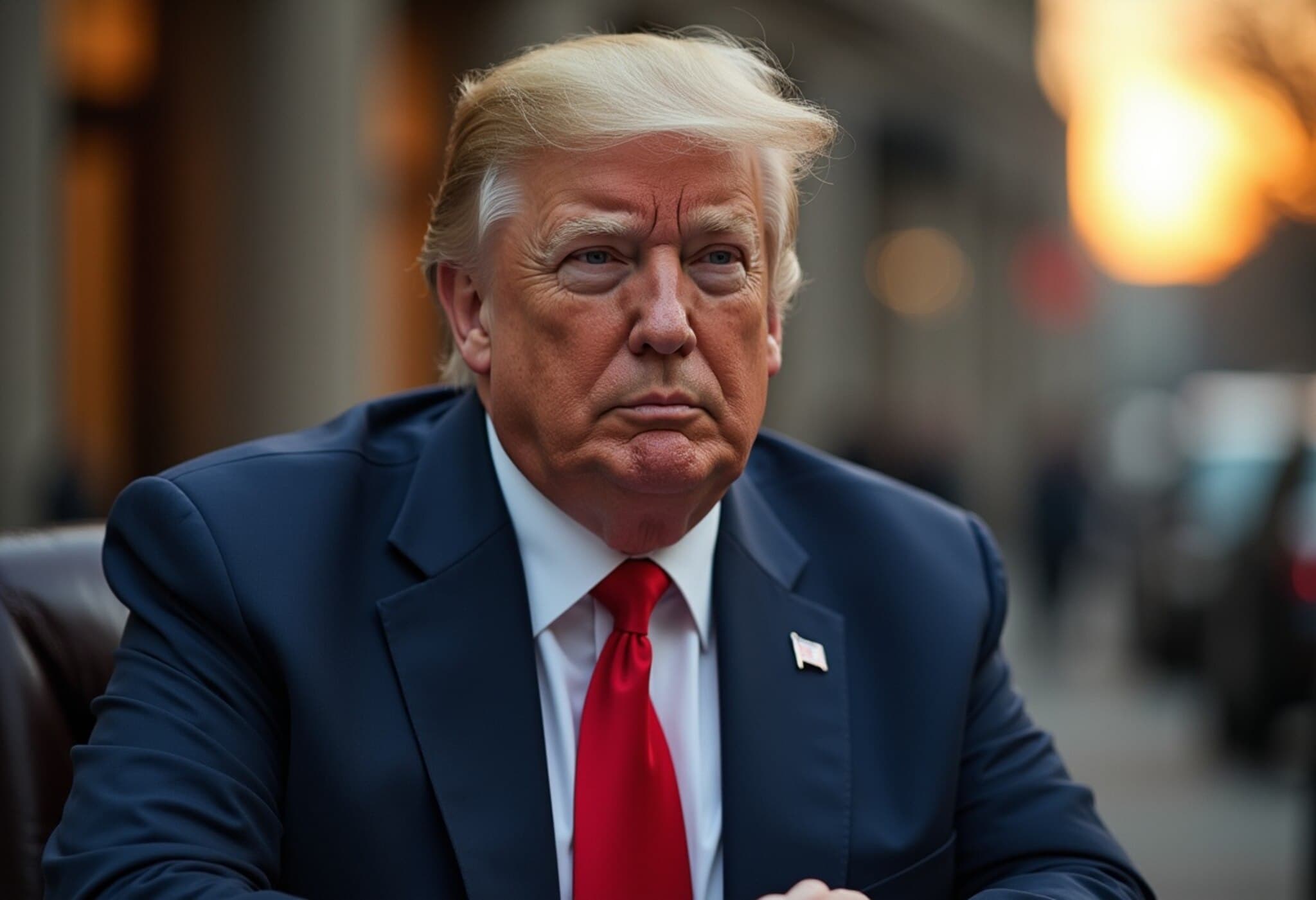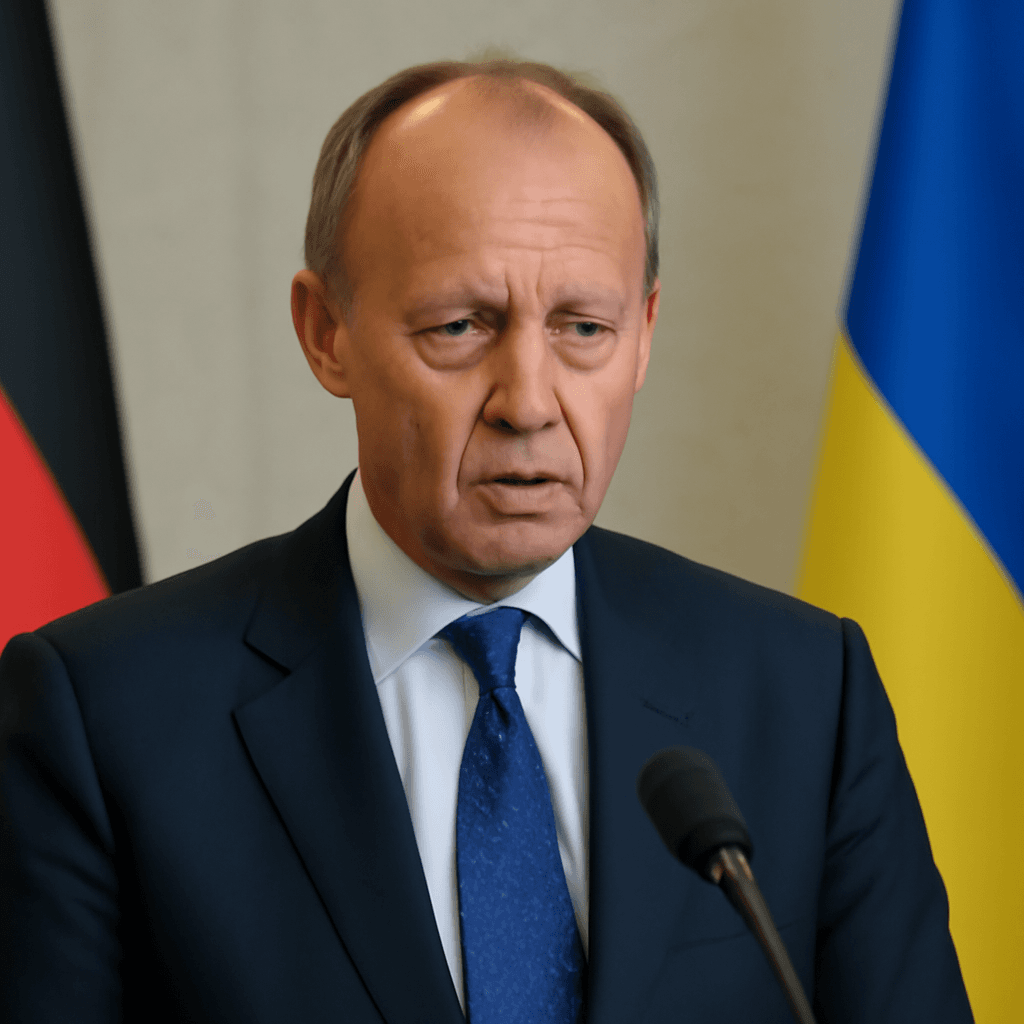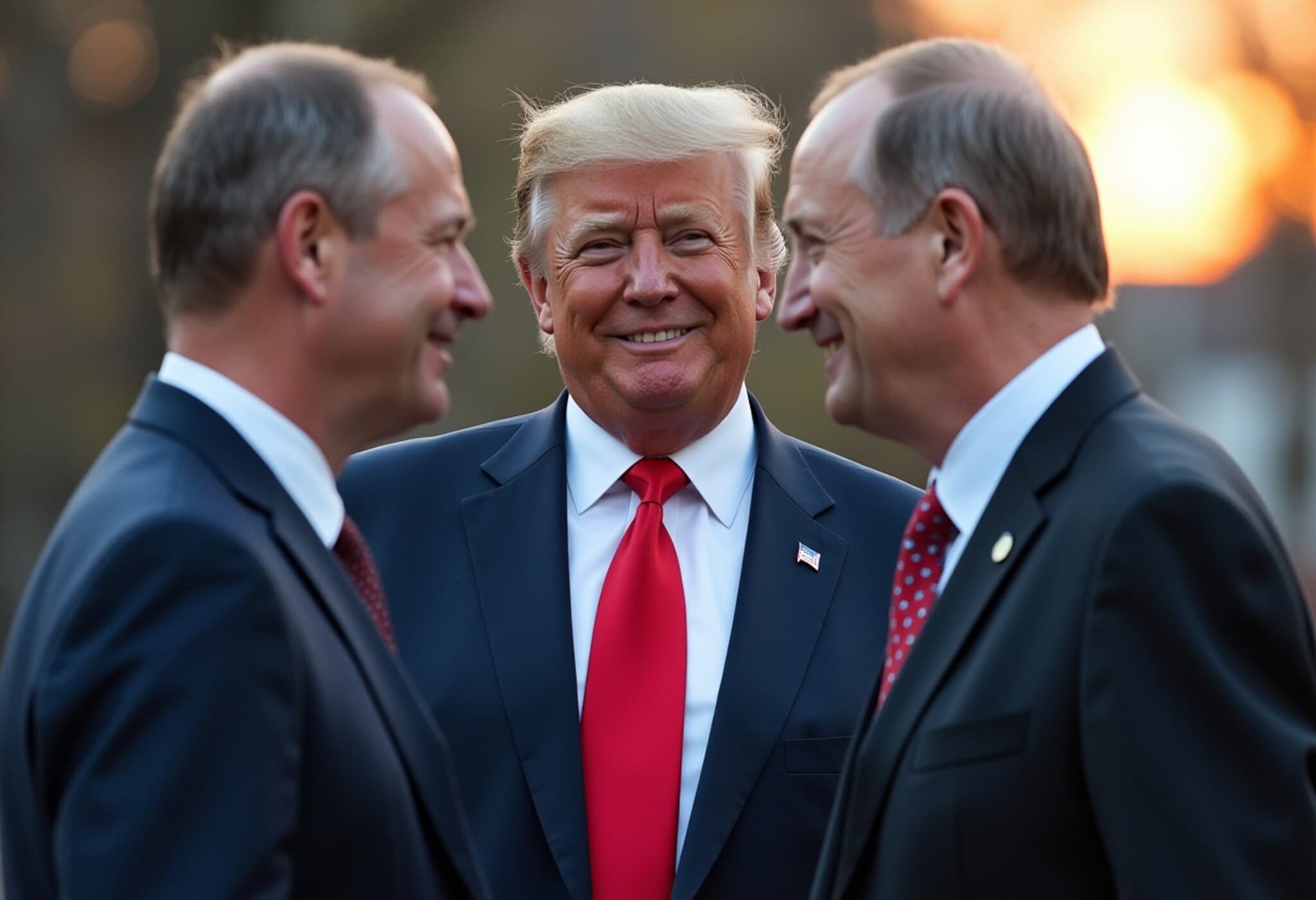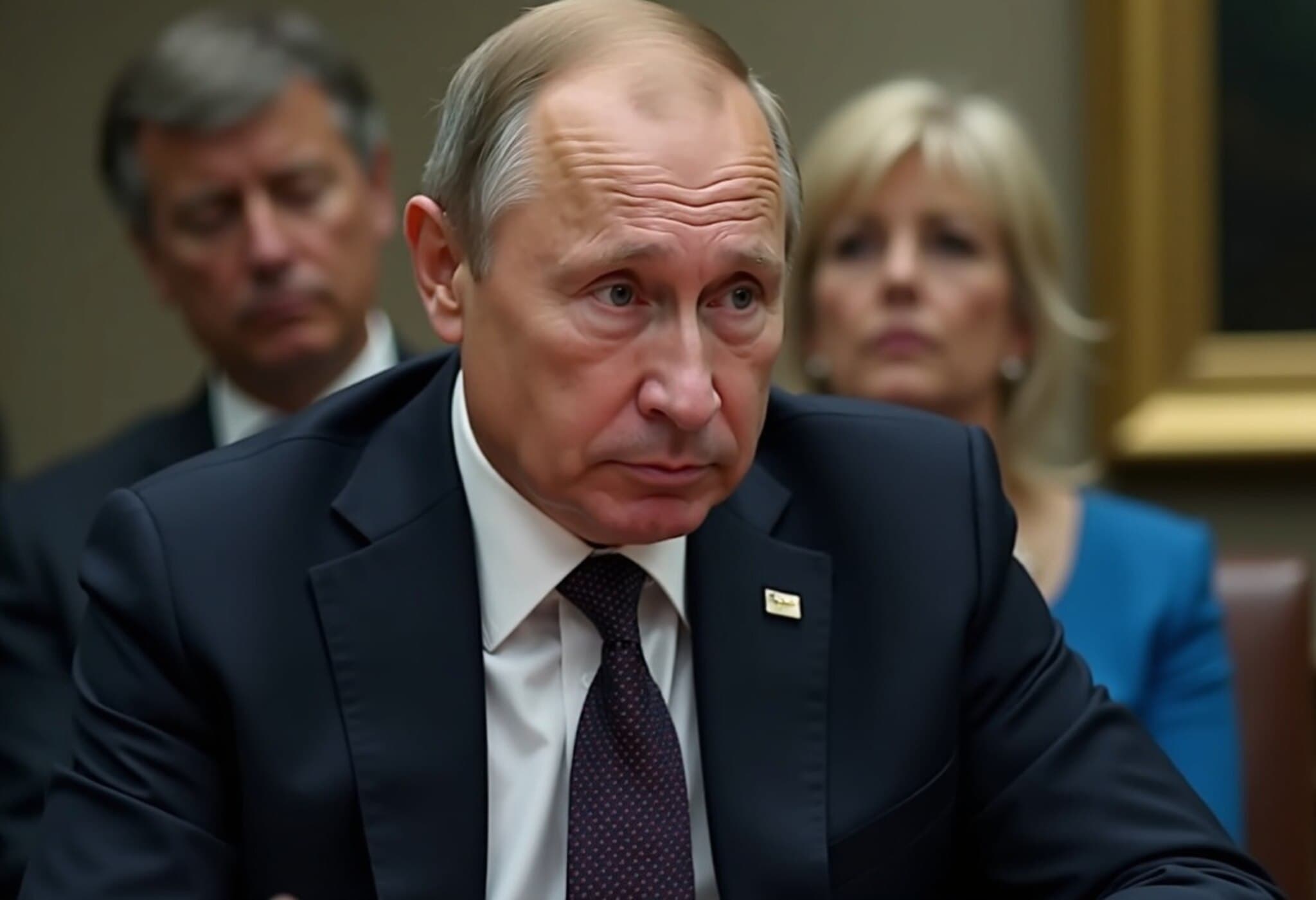US Channels Weapons to Ukraine via NATO Allies, Says Trump
In a recent development that highlights the ongoing complexity of military aid to Ukraine amid the Russian invasion, former US President Donald Trump clarified that the United States is sending weapons through NATO allies who fund these supplies fully before passing them to Ukraine.
How the Weapons Transfer Works
Trump's announcement sheds light on the logistics behind the provision of defense aid to Kyiv: The US supplies arms to NATO member states, who pay for them entirely, and then these allies transfer the equipment to Ukraine. While NATO itself does not own or handle arms, serving primarily as a coordinating body, it plays a crucial role in managing the delivery infrastructure, including operating a logistics hub on the Polish-Ukraine border.
As Secretary of State Marco Rubio explained, many US weapons are pre-positioned with NATO allies in Europe. This arrangement allows for faster redistribution. "It’s quicker to move equipment from Germany to Ukraine than to order it from a US factory," Rubio said during an international visit.
Navigating the Diplomatic and Strategic Layers
Though details of the plan remain under discussion, NATO officials confirm that existing frameworks support these transfers, including replenishing European allies' stockpiles with newly purchased American arms. Countries like Germany and Spain possess advanced defensive systems — including Patriot missile batteries — that Ukraine urgently seeks.
The strategy reflects a nuanced approach by the US and NATO members to bolster Ukraine’s defenses while maintaining a united front and careful financial responsibility. It also underscores how transatlantic alliances are dynamically adapting to the demands of a prolonged conflict that has reshaped European security calculations.
Context: Russia’s Intensifying Assaults and Ukraine’s Defense Needs
Russia has ramped up its missile and drone attacks, attempting to degrade Ukraine’s air defenses with massive barrages, including over 700 drones fired in recent waves. These assaults have hit critical infrastructure and civilian areas, such as a maternity hospital in Kharkiv — Ukraine’s second-largest city — underscoring the urgency behind military aid deliveries.
President Volodymyr Zelenskyy has publicly appealed for additional Patriot missile systems, vital for air defense. The transfer arrangement via NATO allies addresses this demand more efficiently.
Trump’s Stance and Broader Implications
While Trump acknowledged dissatisfaction with Russian President Vladimir Putin over the ongoing violence, his administration’s approach shifts focus to empowering NATO allies as conduits for US military support. This could be interpreted as both a strategic maneuver to distribute burden among allies and a method to maintain Congressional and public support by emphasizing NATO's central role.
Analysts note that this model also reveals the complexities of US foreign policy amid strained transatlantic relations and domestic political considerations. Funding and accountability are key challenges as the conflict enters its fourth year.
Expert Insight: What This Means for Transatlantic Security
From an expert’s perspective, this development illustrates NATO’s adaptability but also highlights vulnerabilities in the alliance’s military supply chains. The reliance on member states’ inventories and financial contributions could strain European defense budgets and prompt deeper discussions about joint defense procurement and readiness.
Furthermore, this approach clarifies the legal and political lines of engagement, avoiding direct US-to-Ukraine arms transfers that could complicate diplomatic channels with Russia while sustaining effective support for Ukraine’s sovereignty.
Editor’s Note
The new US-NATO weapons transfer arrangement underscores the evolving nature of military support in the Ukraine conflict. It raises critical questions about Europe’s defense autonomy, allied burden-sharing, and the long-term impacts on NATO’s cohesion. As Russia continues aggressive tactics, ensuring streamlined, reliable logistics for Ukraine’s defense remains paramount. Observers will watch closely whether this model deepens transatlantic cooperation or exposes fissures amid competing national interests.

